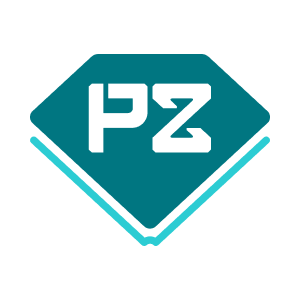NO.PZ2025012205000015
问题如下:
One difference between the corporate governance practices in Japan and those in Sweden relates to the:选项:
A.prevalence of single-tier versus two-tier boards.
B.requirement for appointing independent audit firms.
C.dominance of major shareholders in leading companies.
解释:
A is correct. In Sweden, a Scandinavian country, most board structures are two-tier, whereby supervisory and management boards are separate and responsible for different functions. In Japan, statutory auditors and single-tier boards prevail. In both countries, there is a tendency for dominance by major shareholders in leading companies rather than having more diversified ownership of companies with many smaller shareholders. Independent audit firms are a requirement for companies in both countries.这道题的答案是选A嘛?还有想问个引申问题,日本和瑞典对审计委员会有什么要求?



